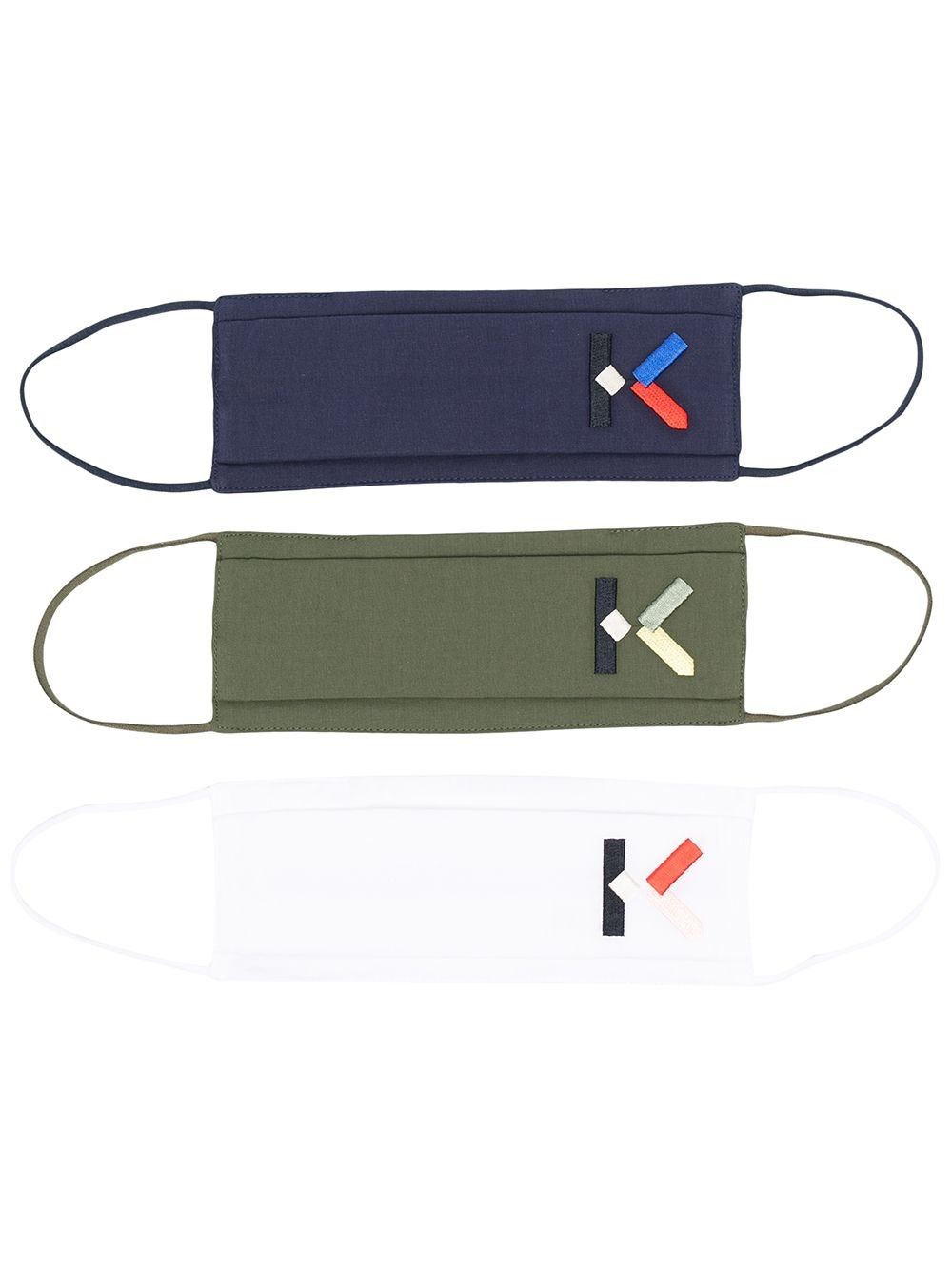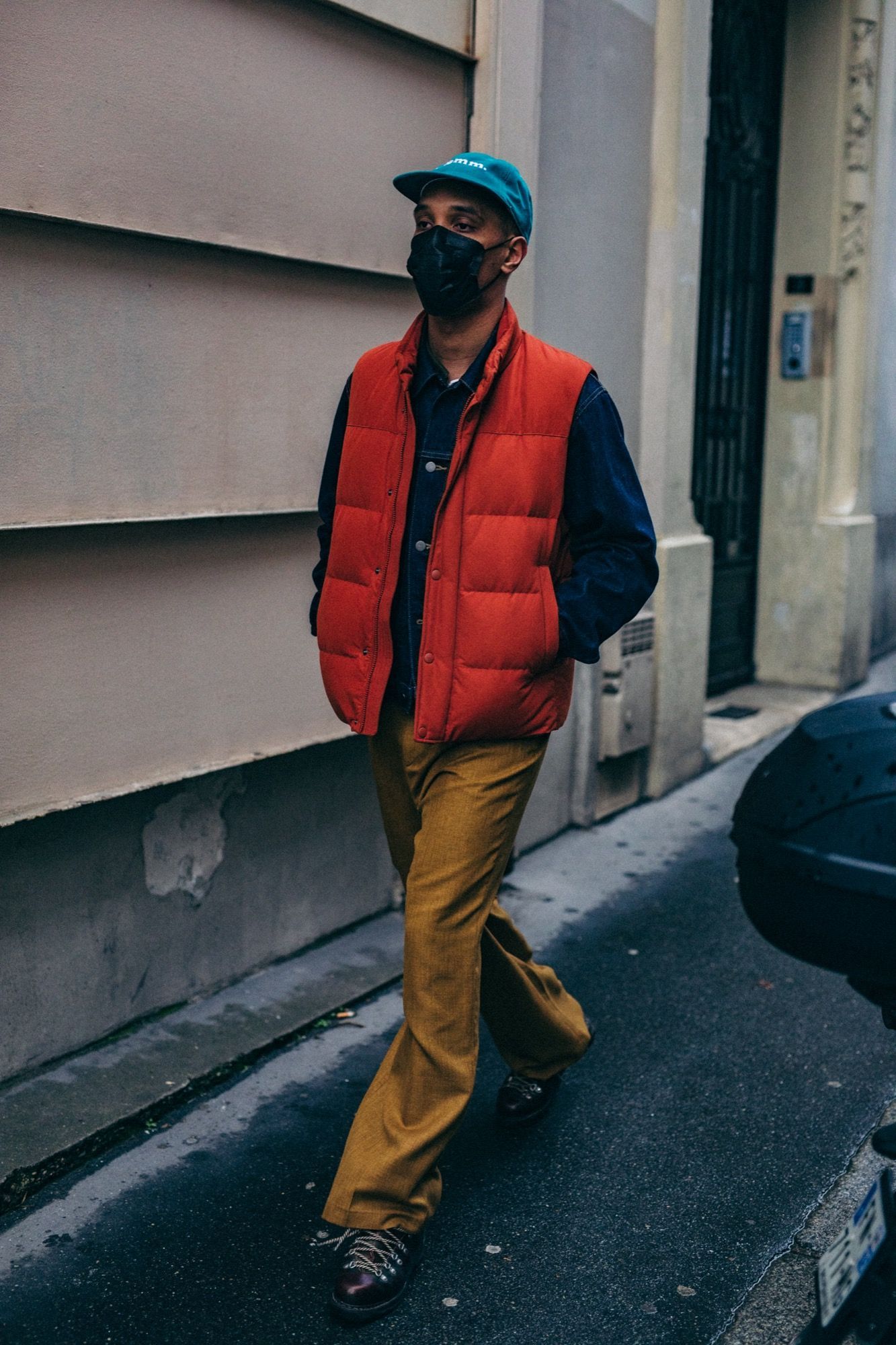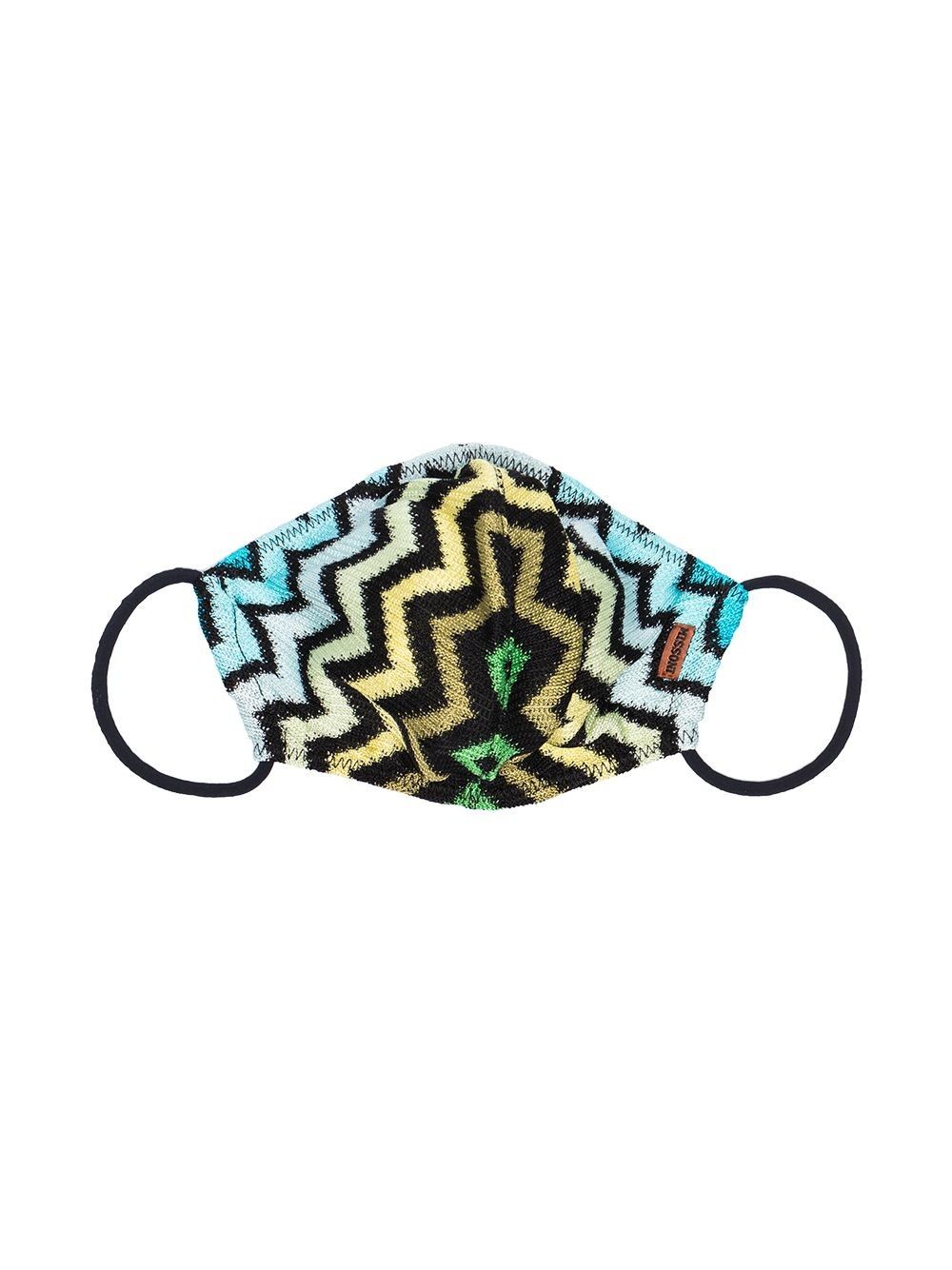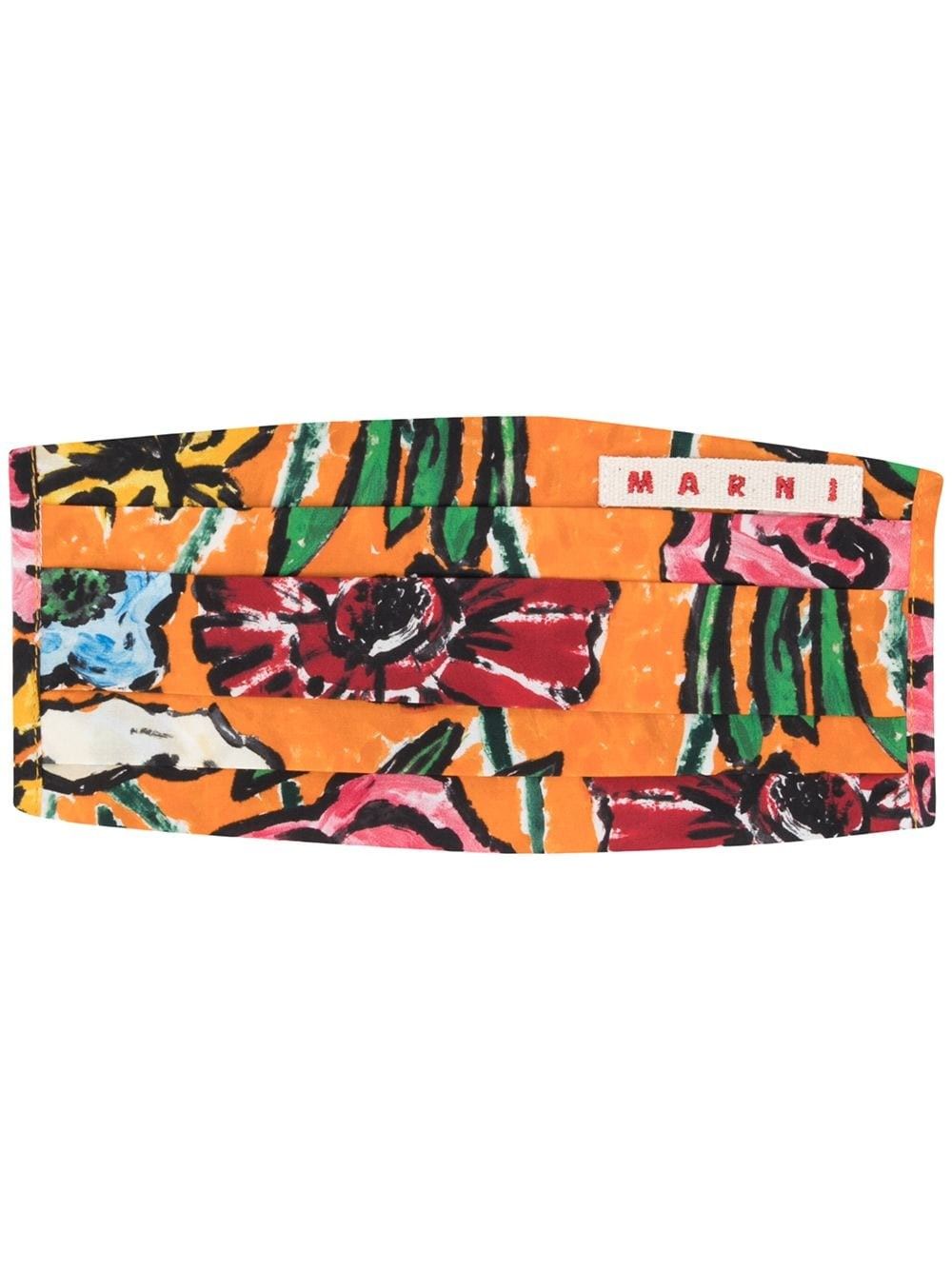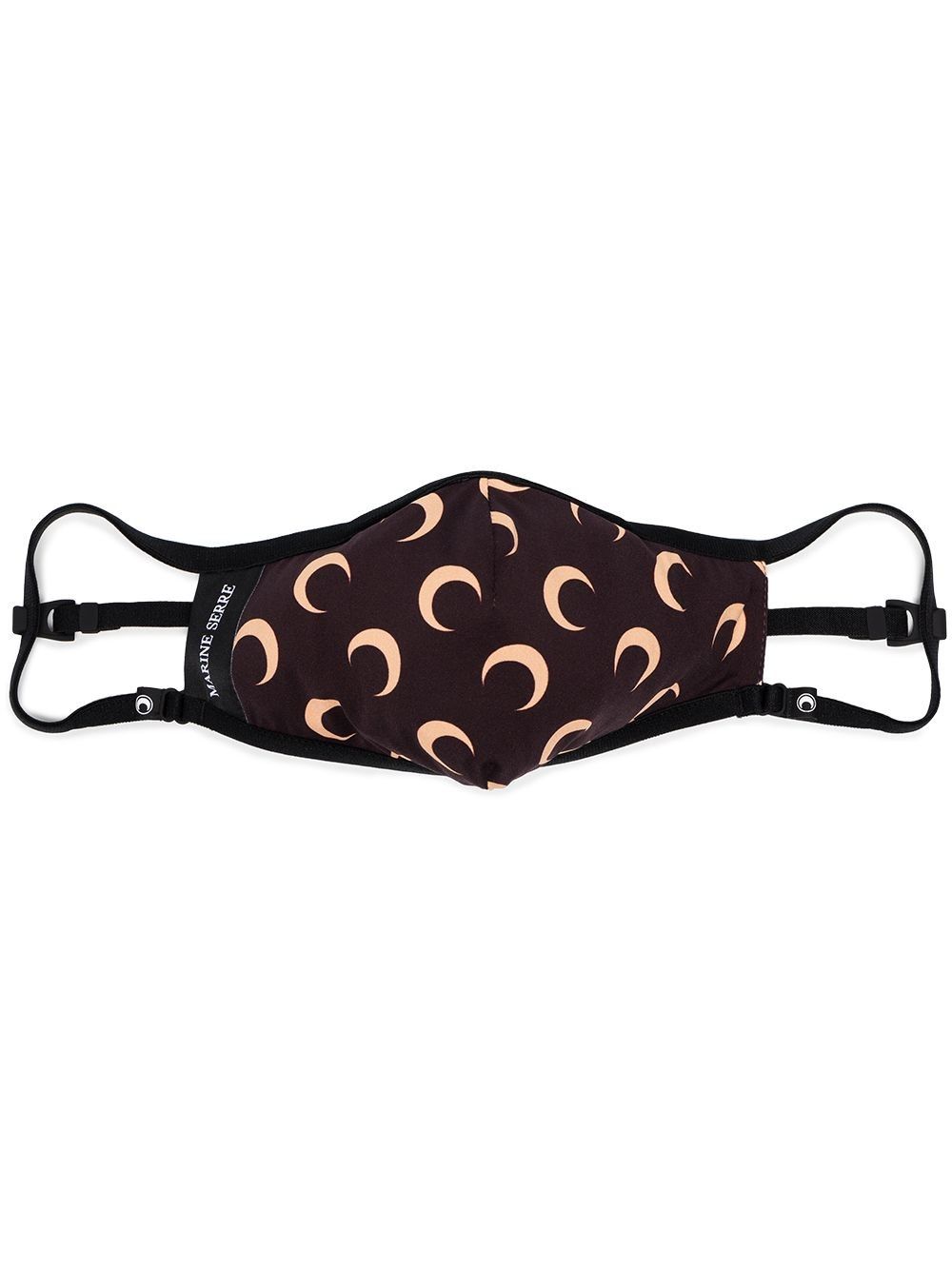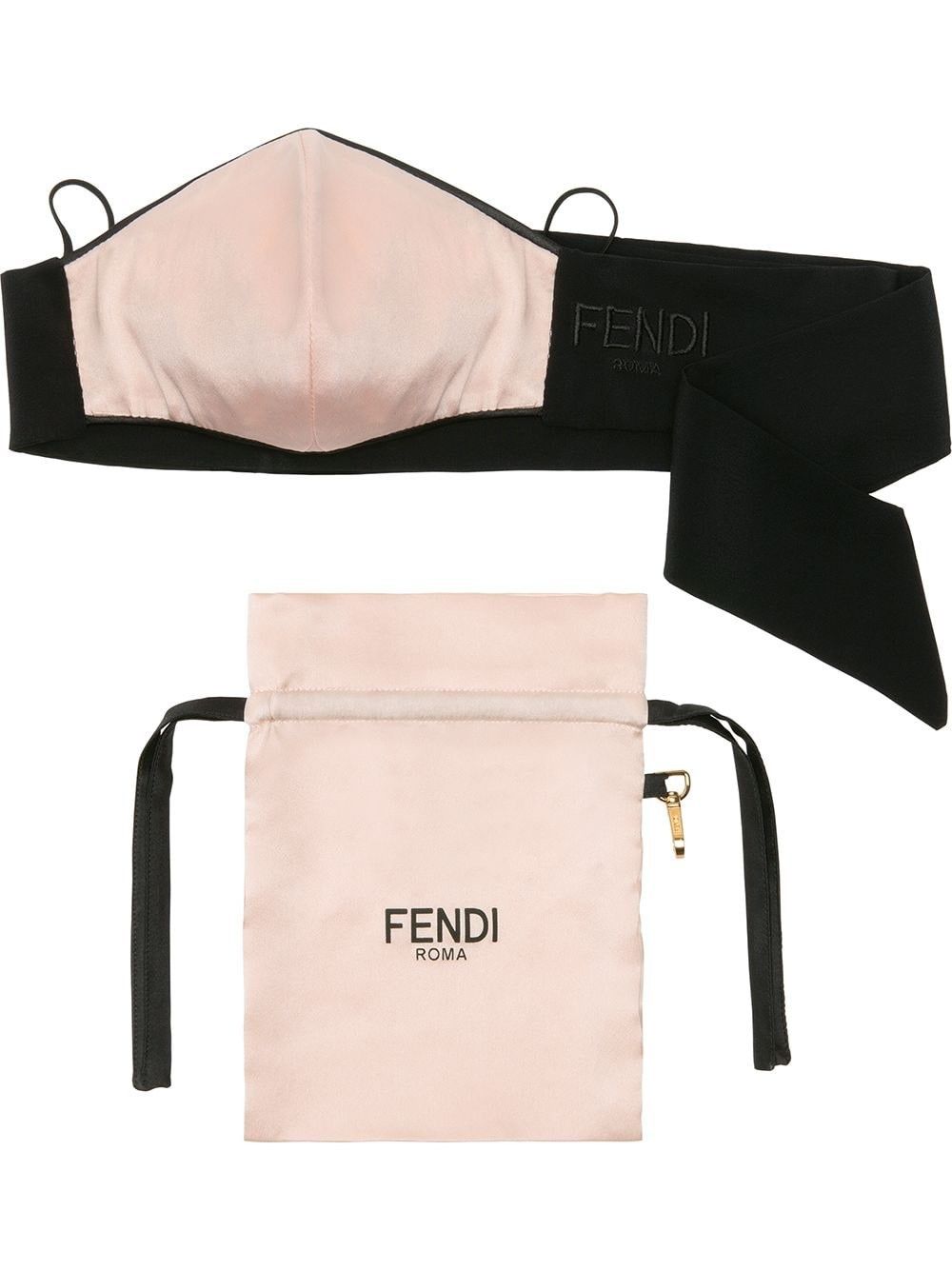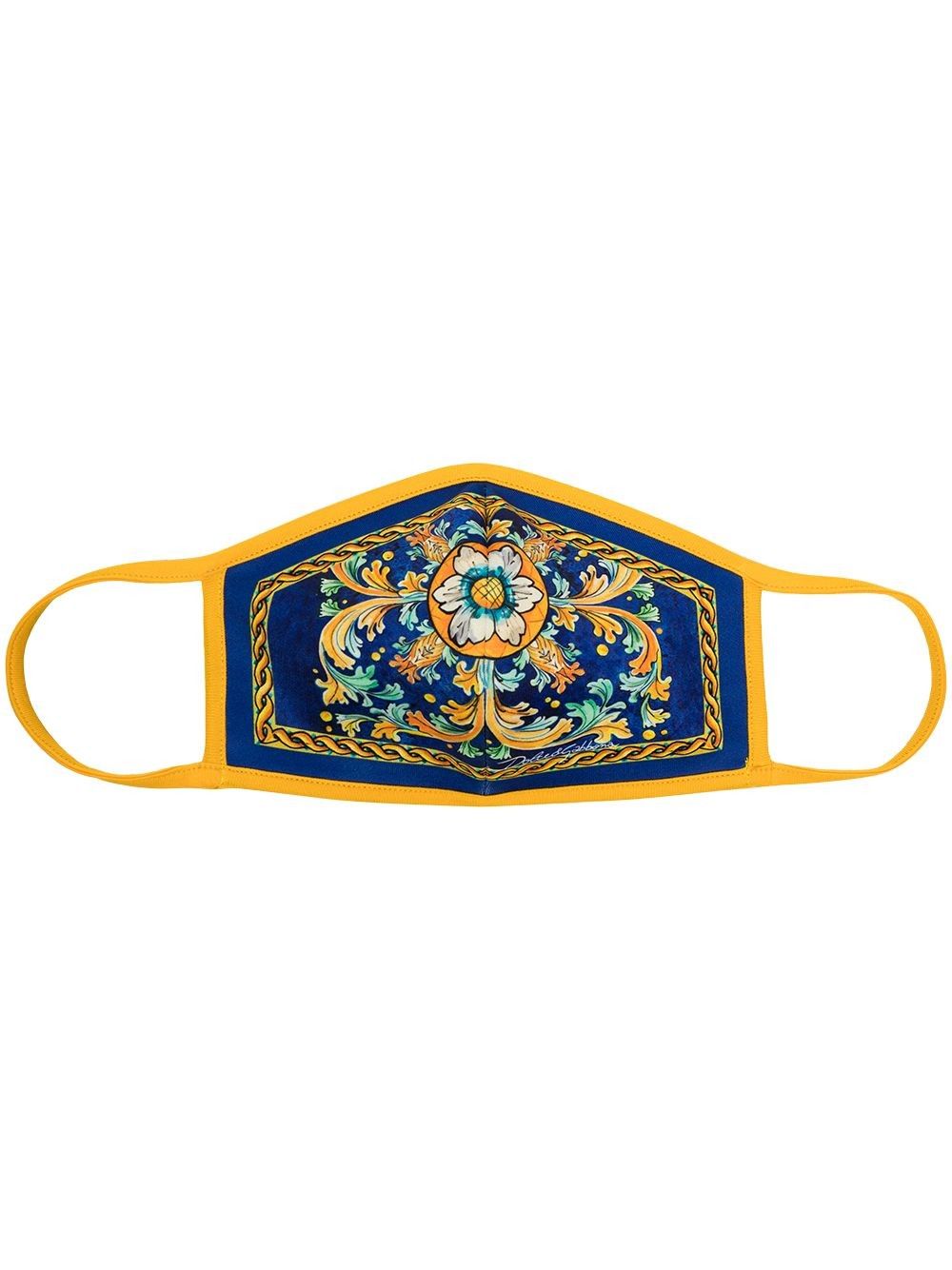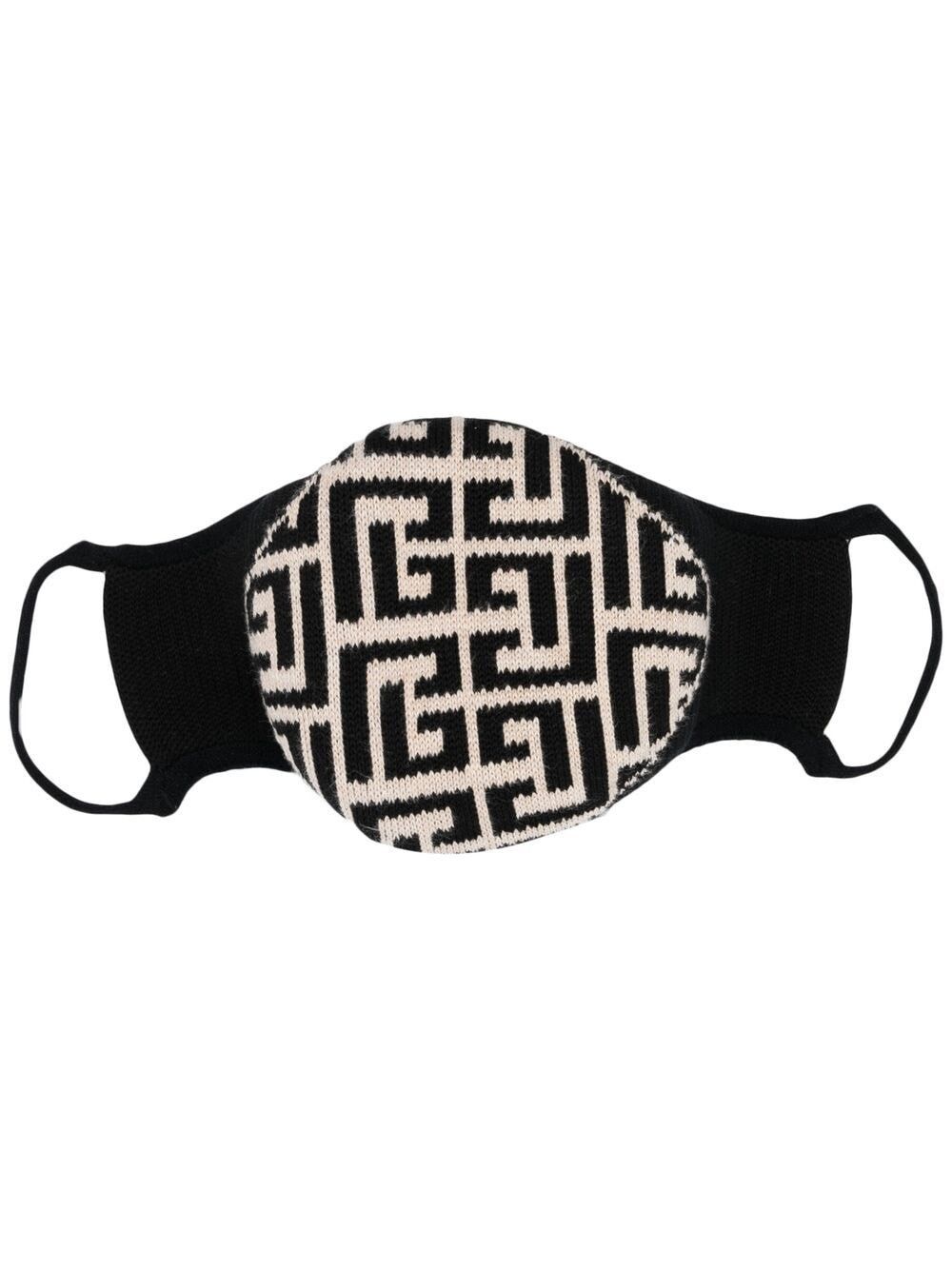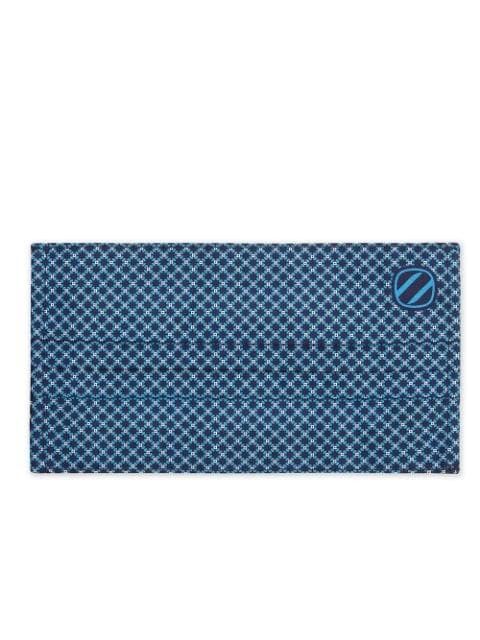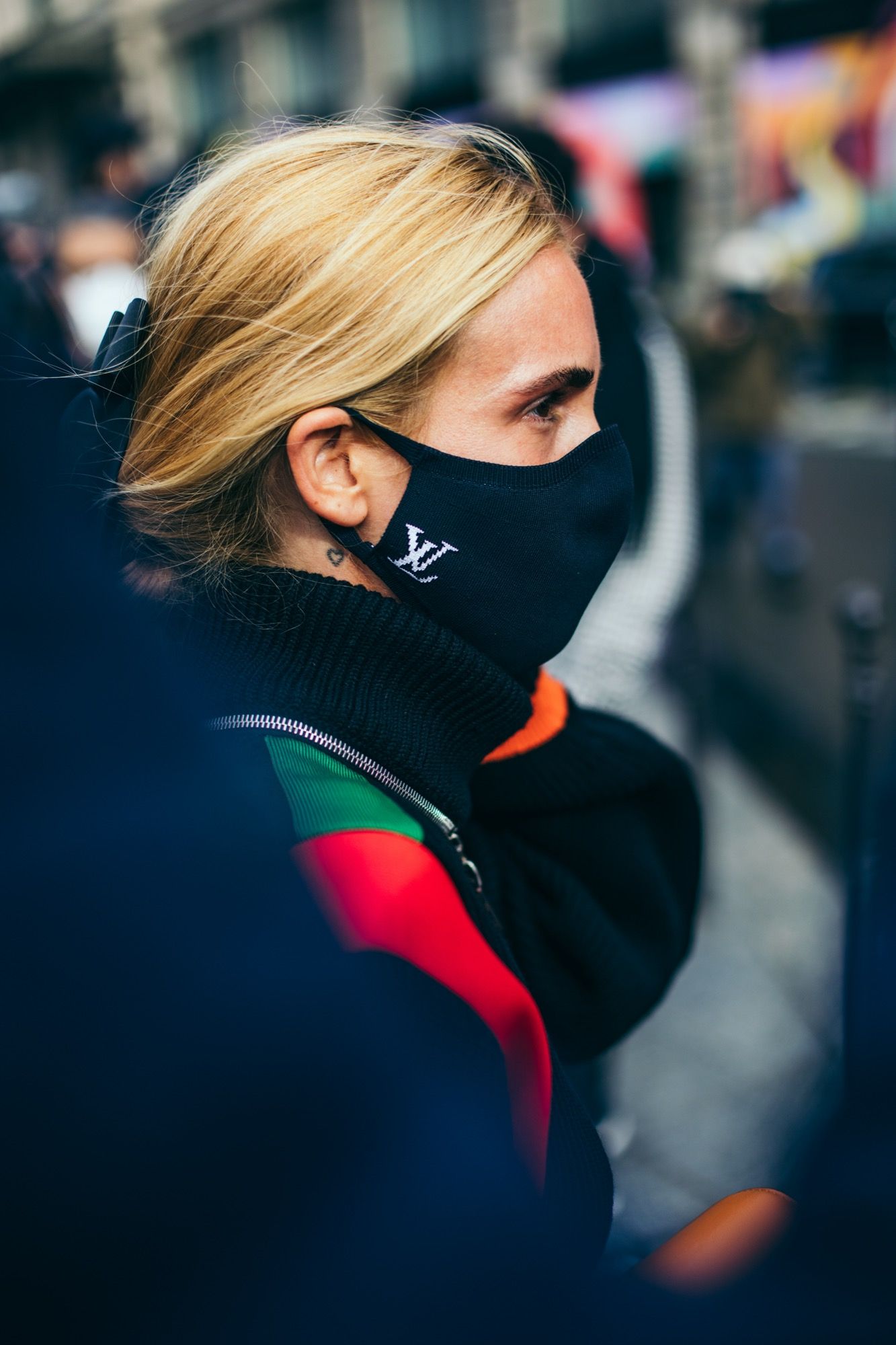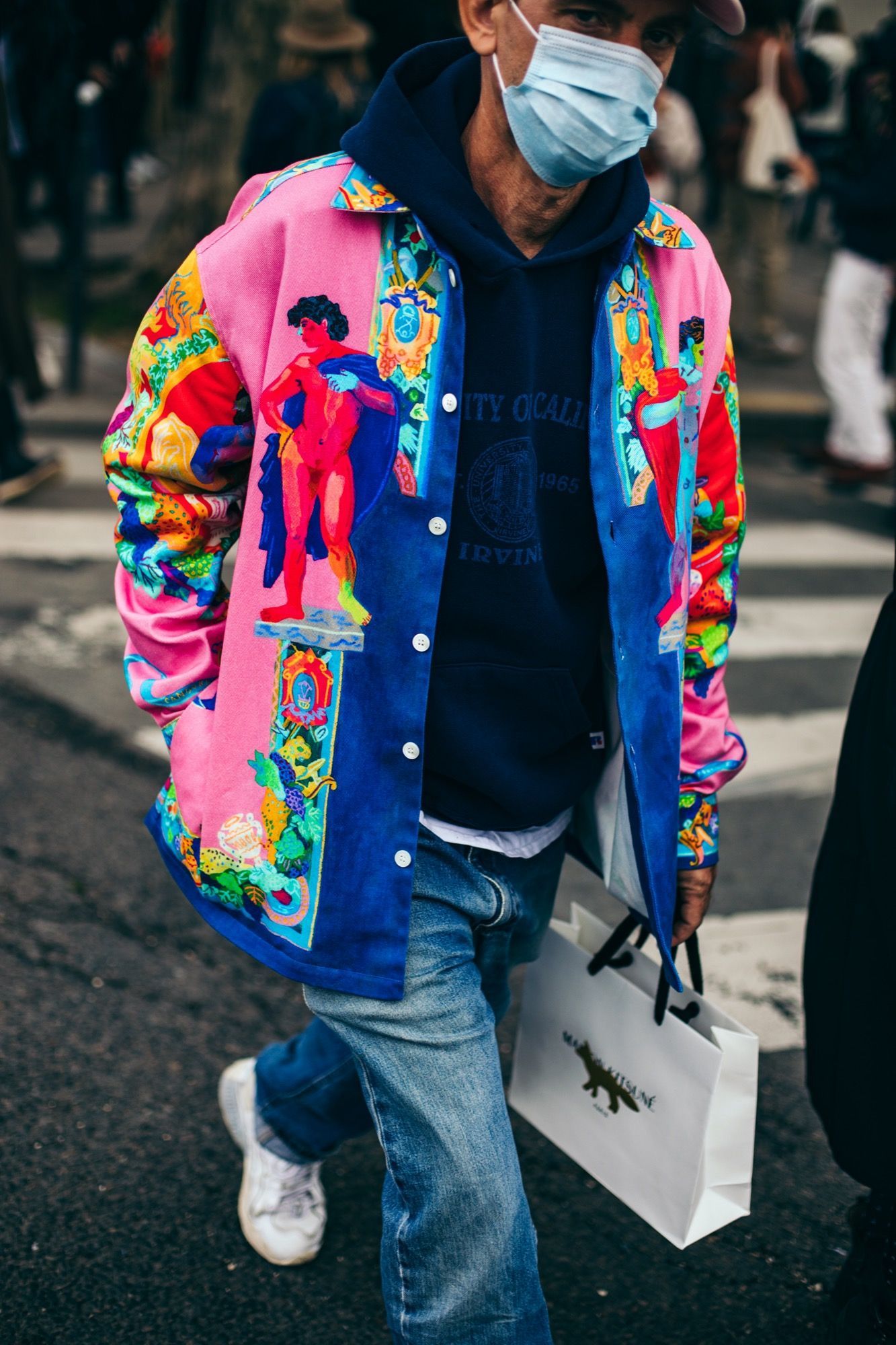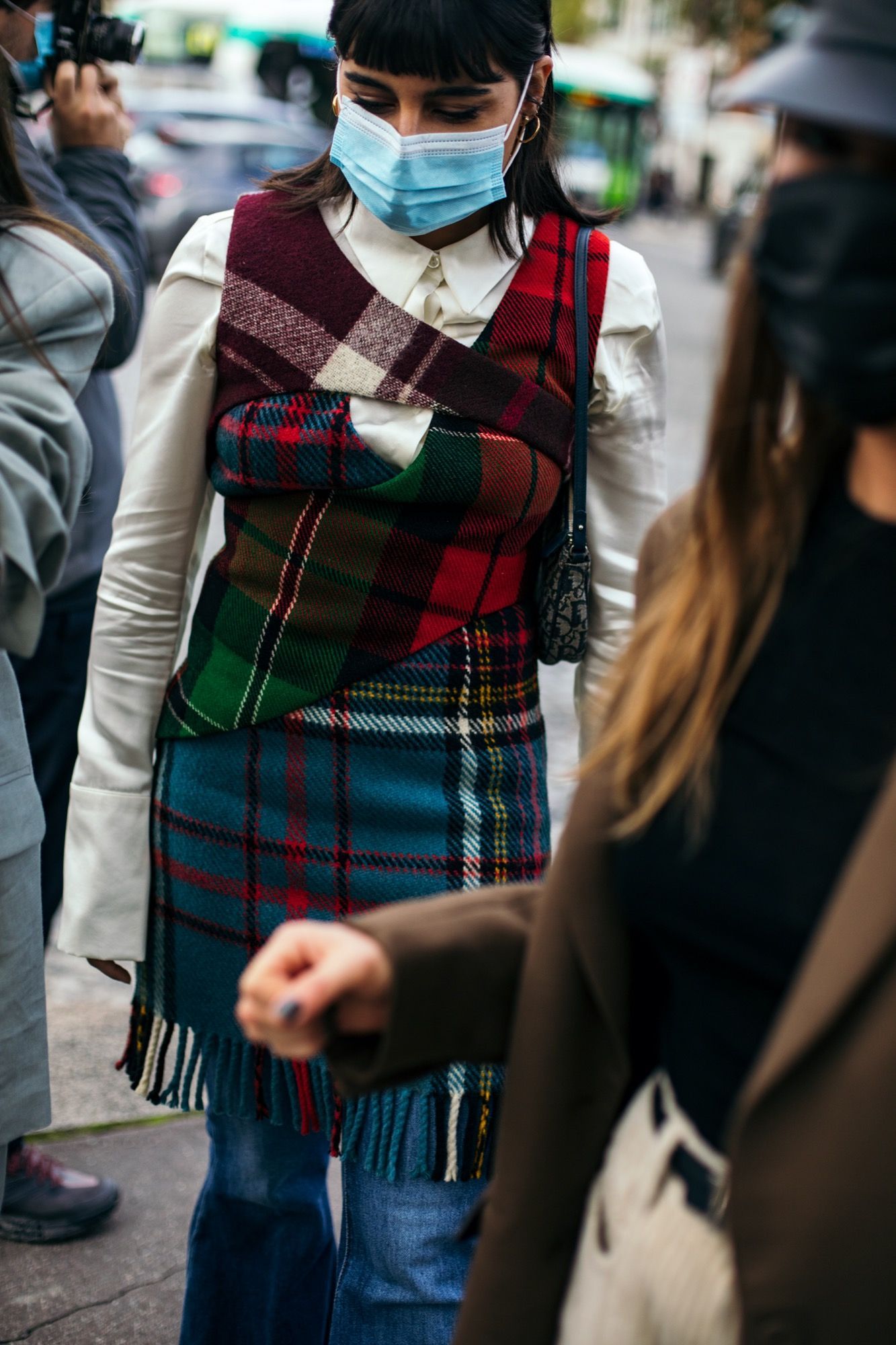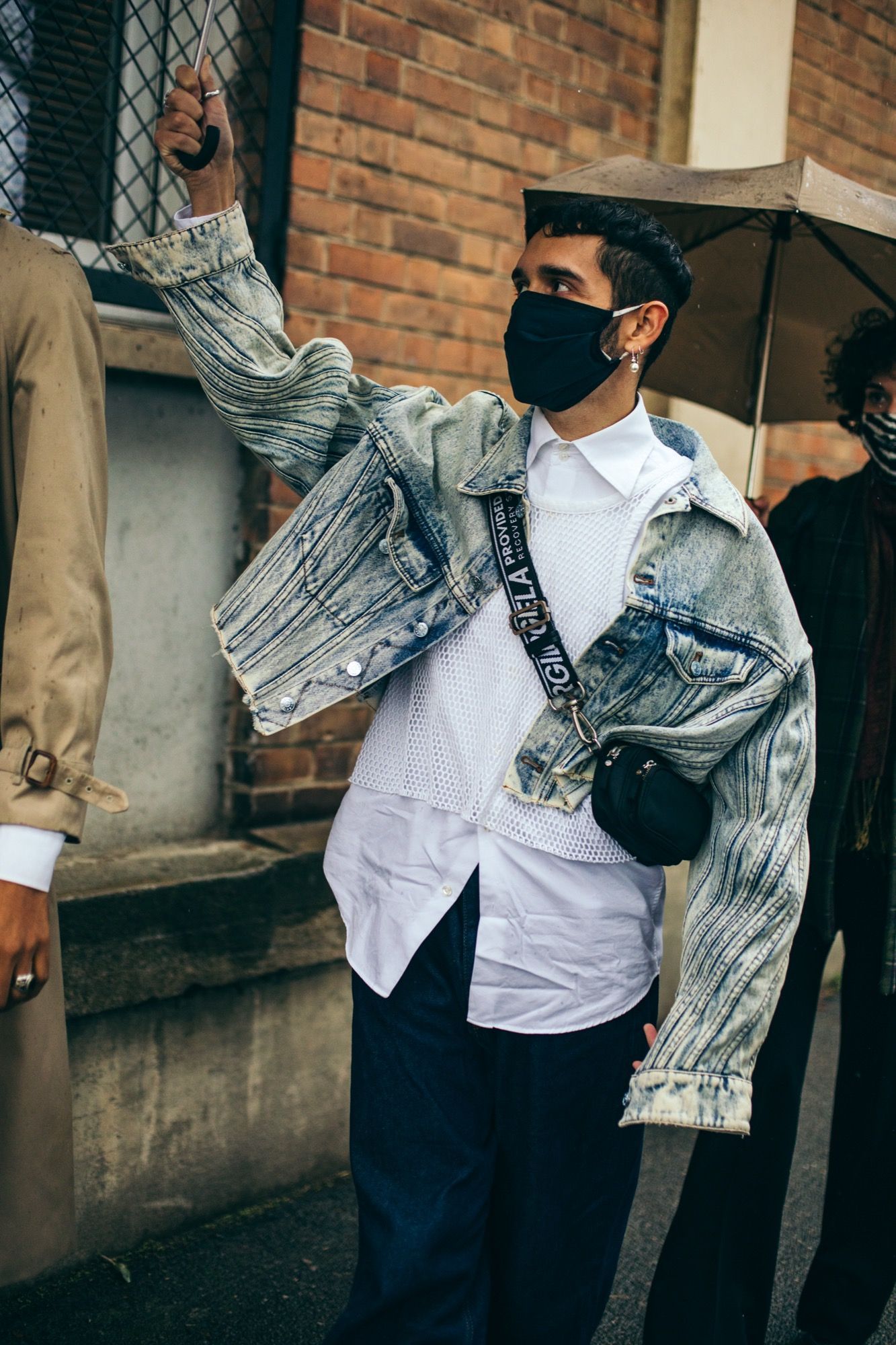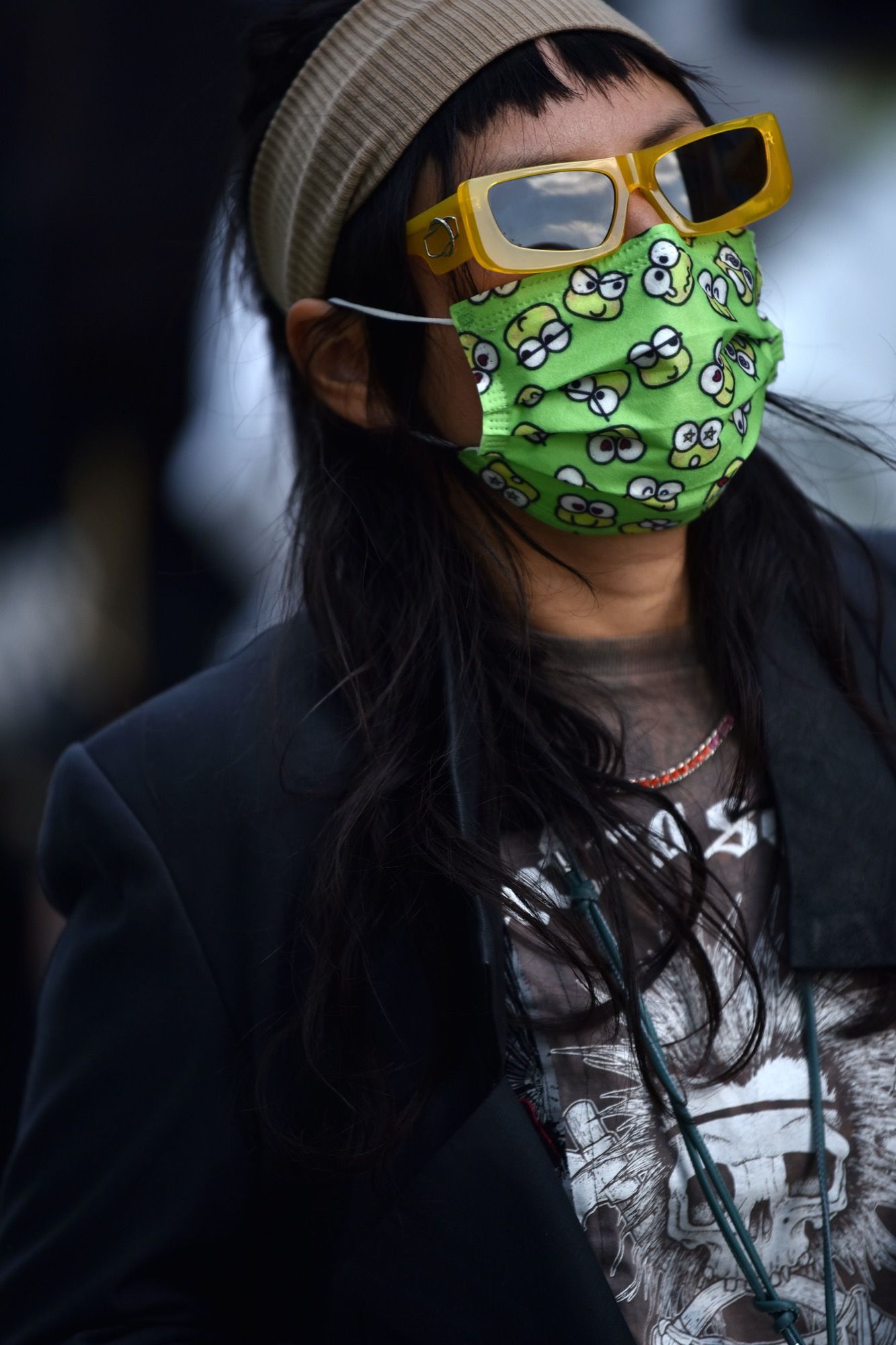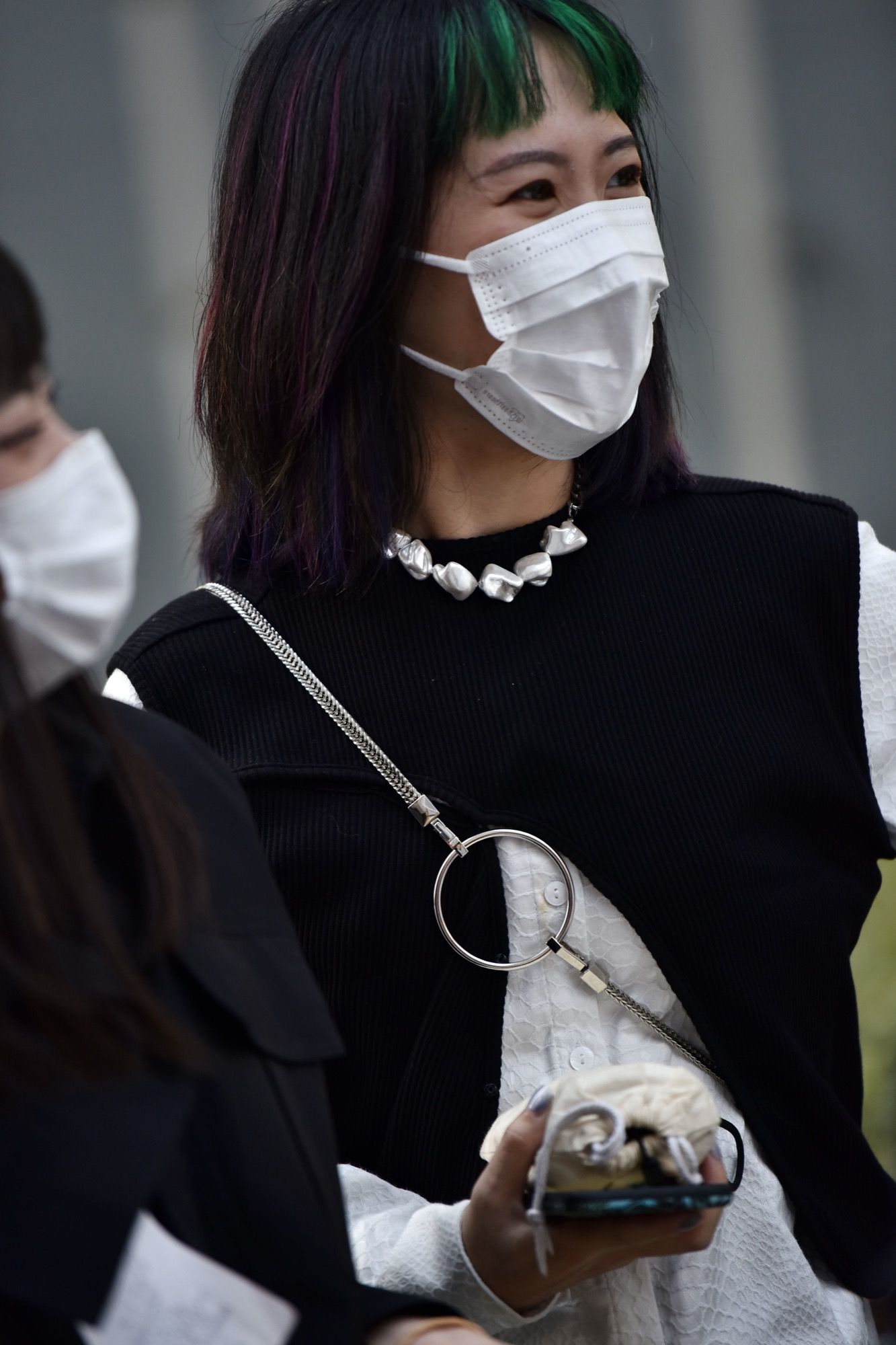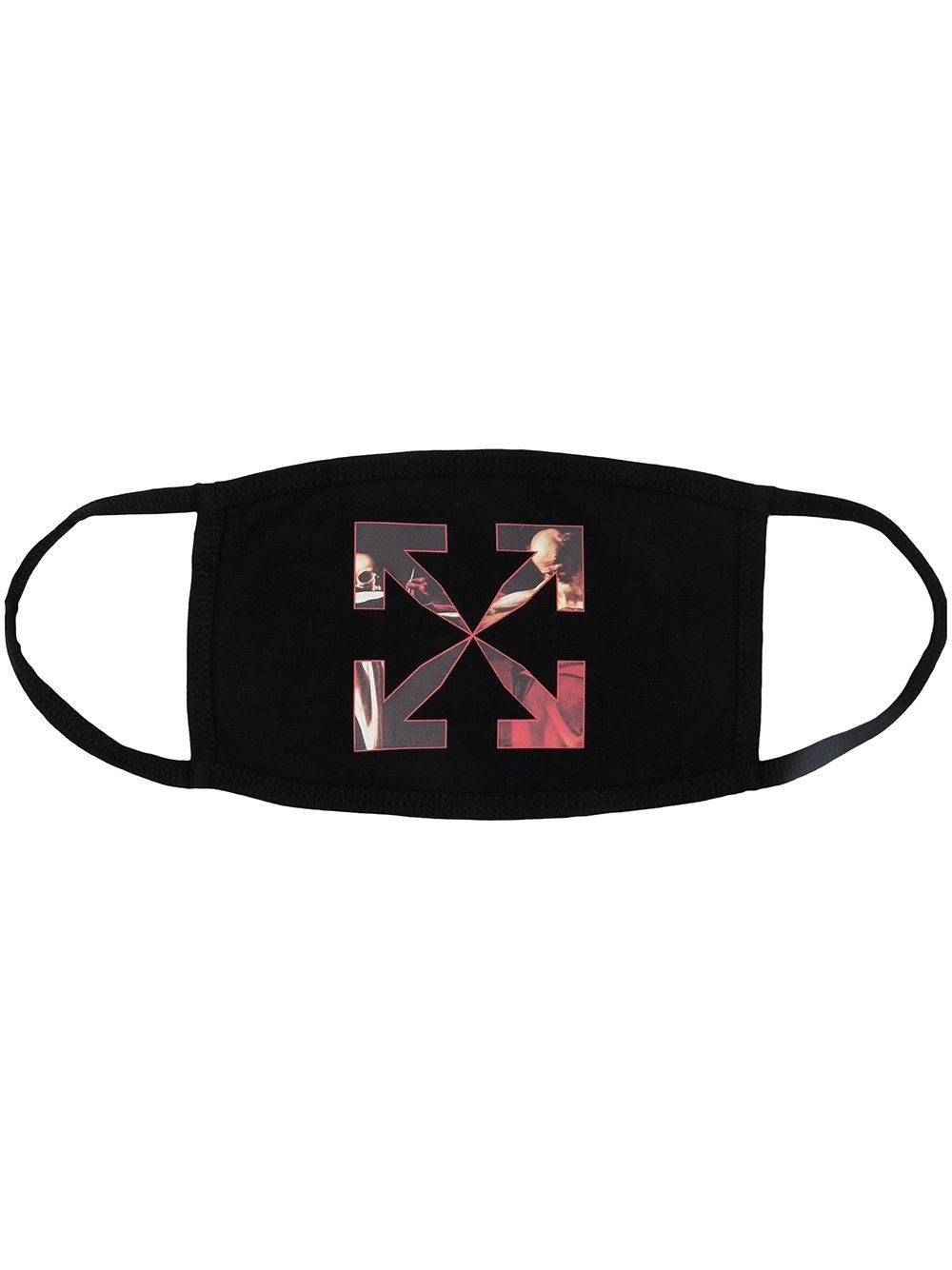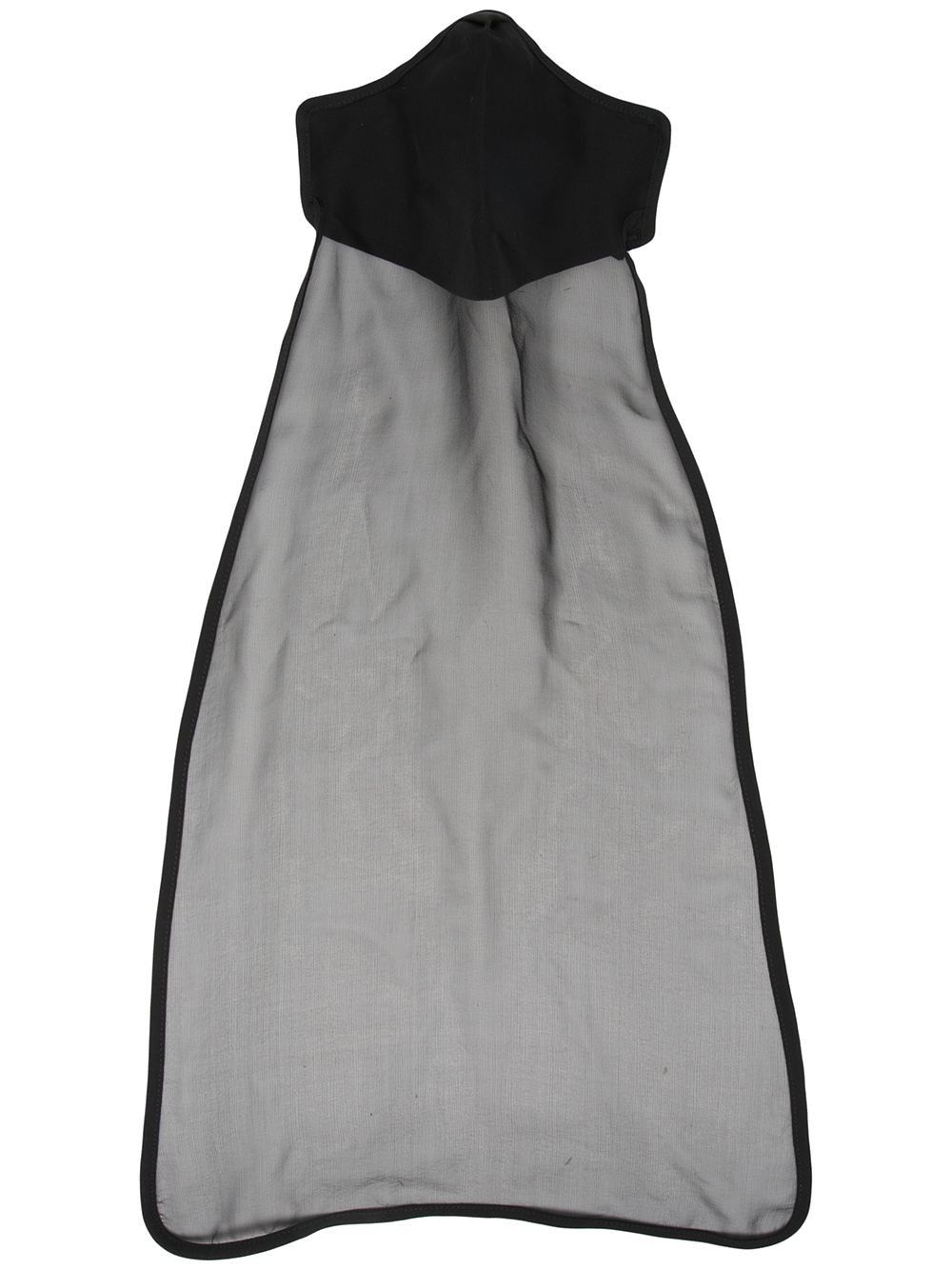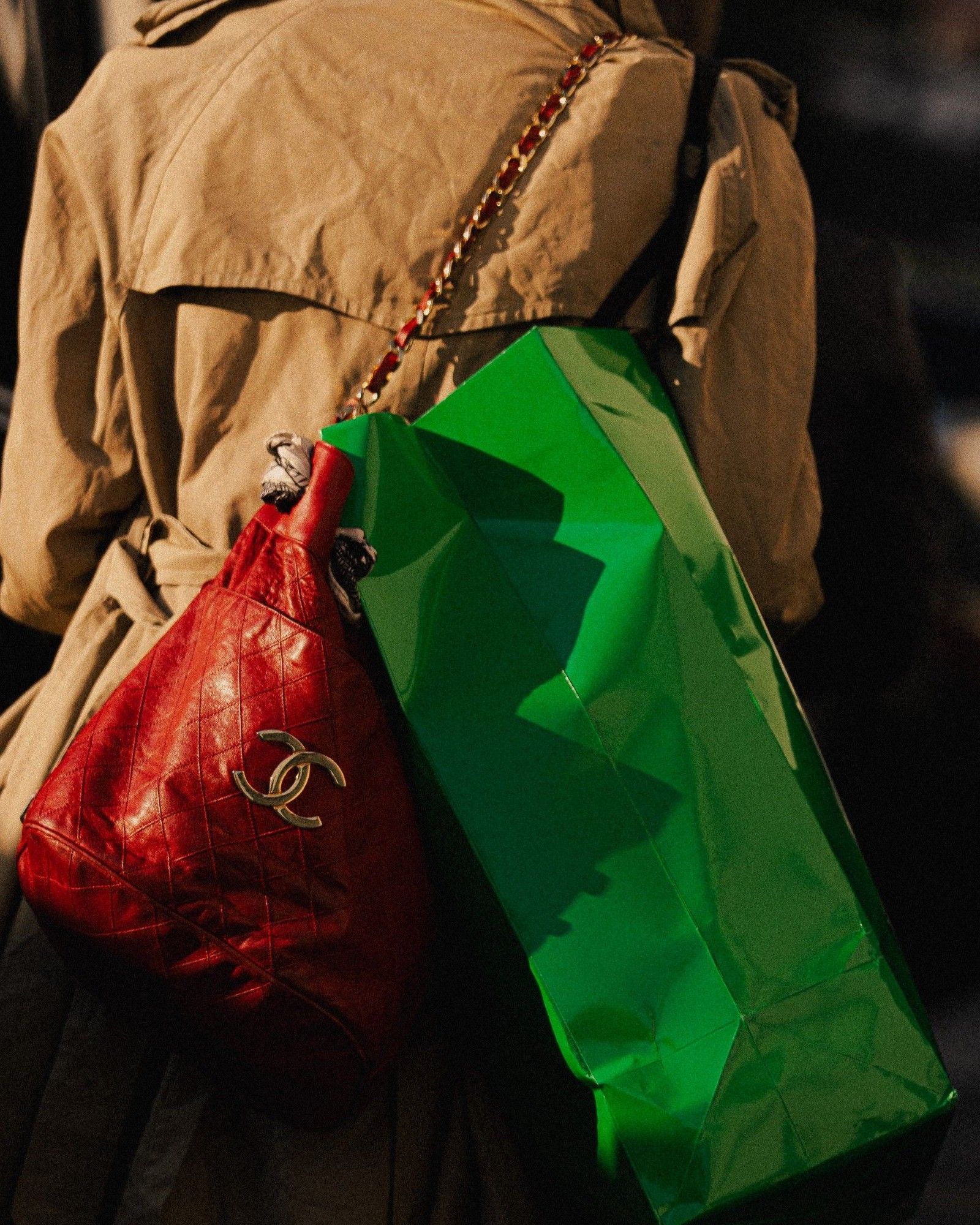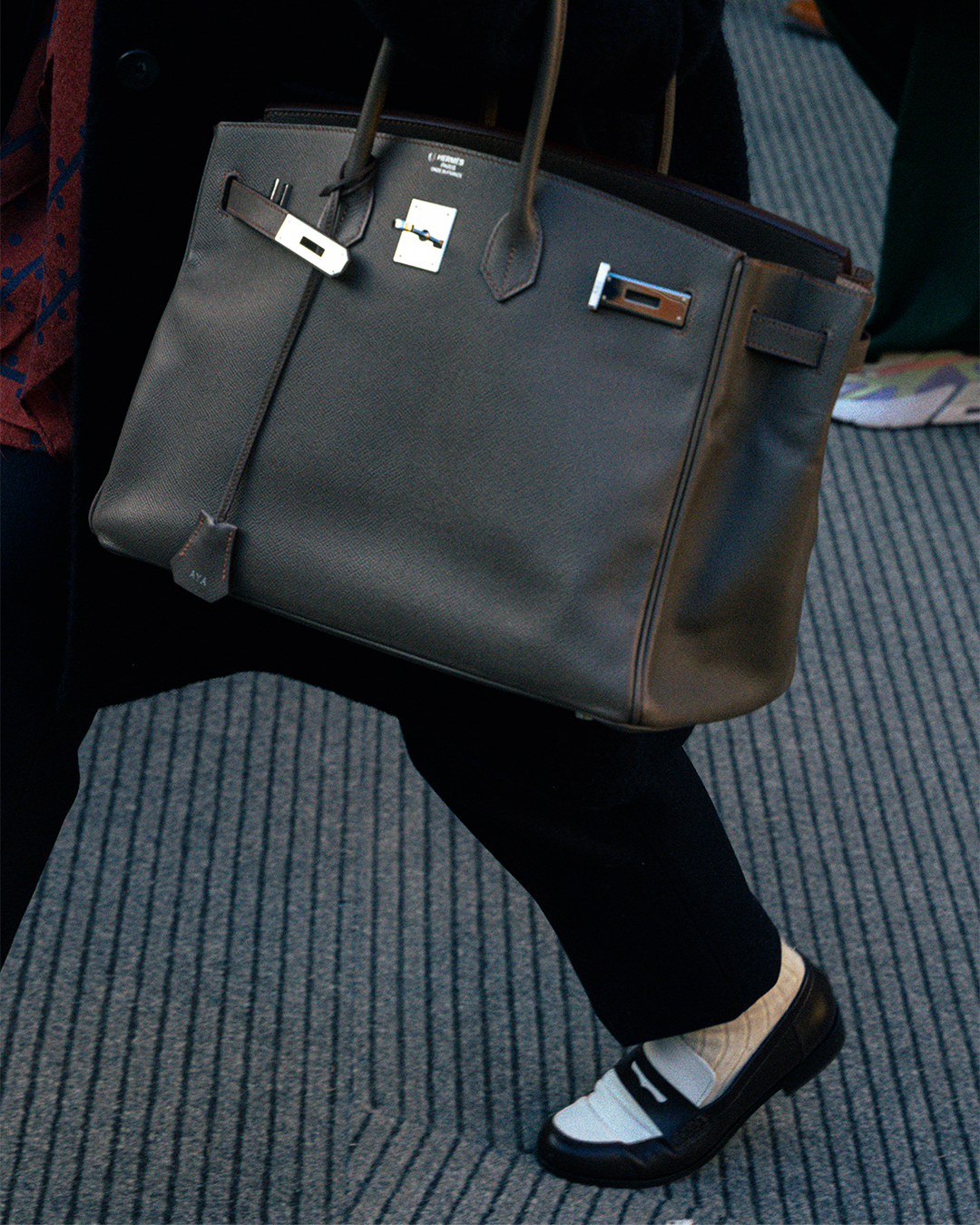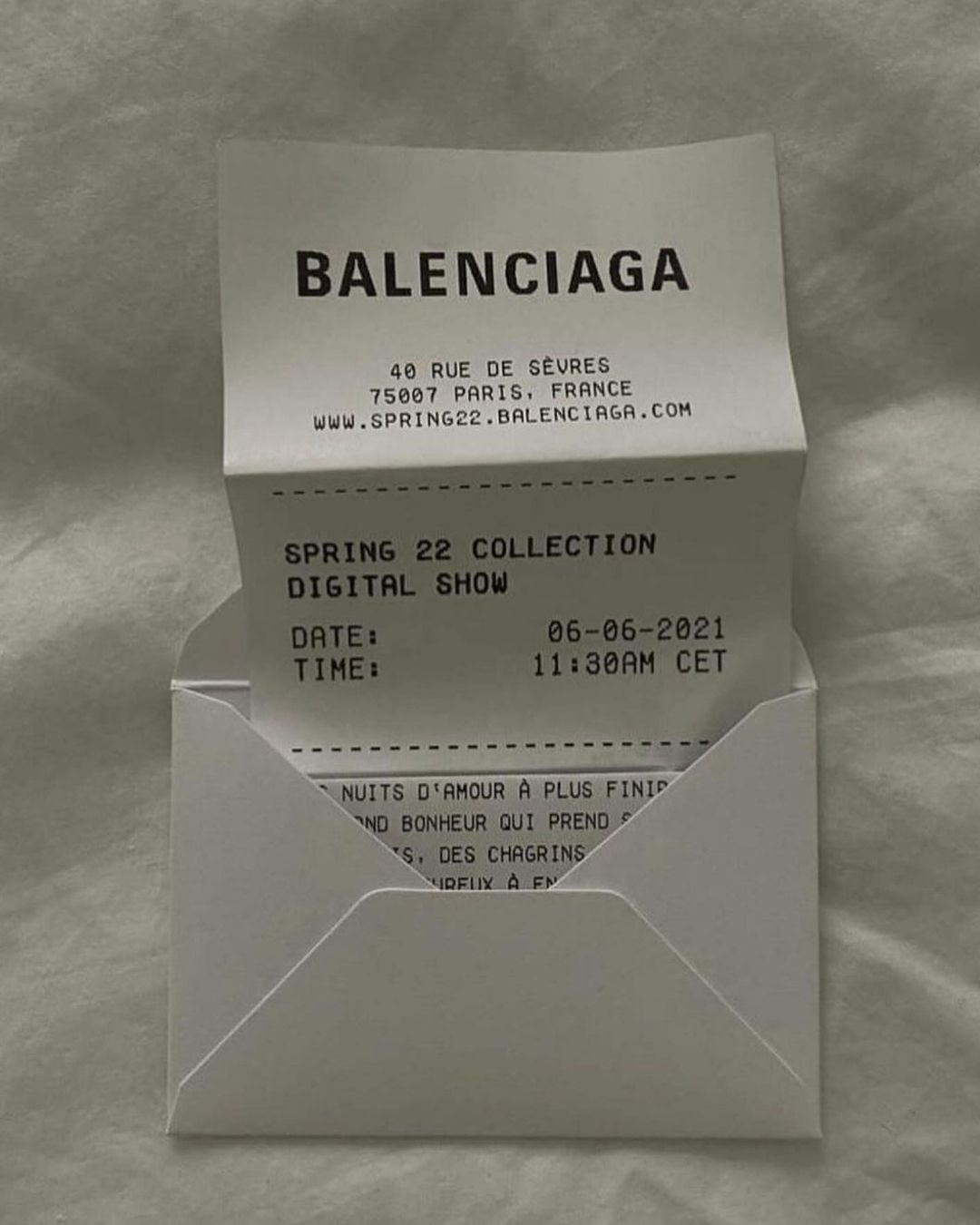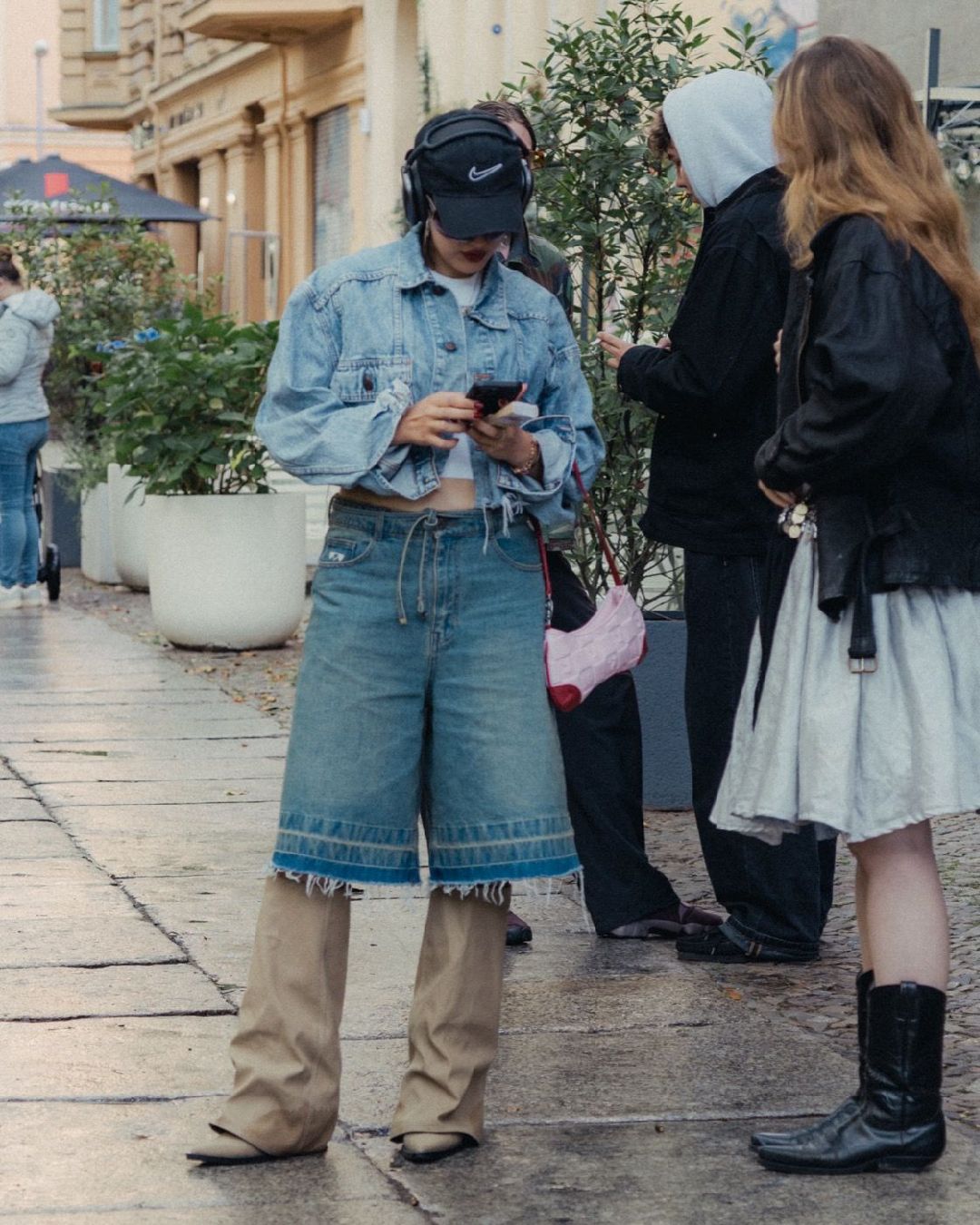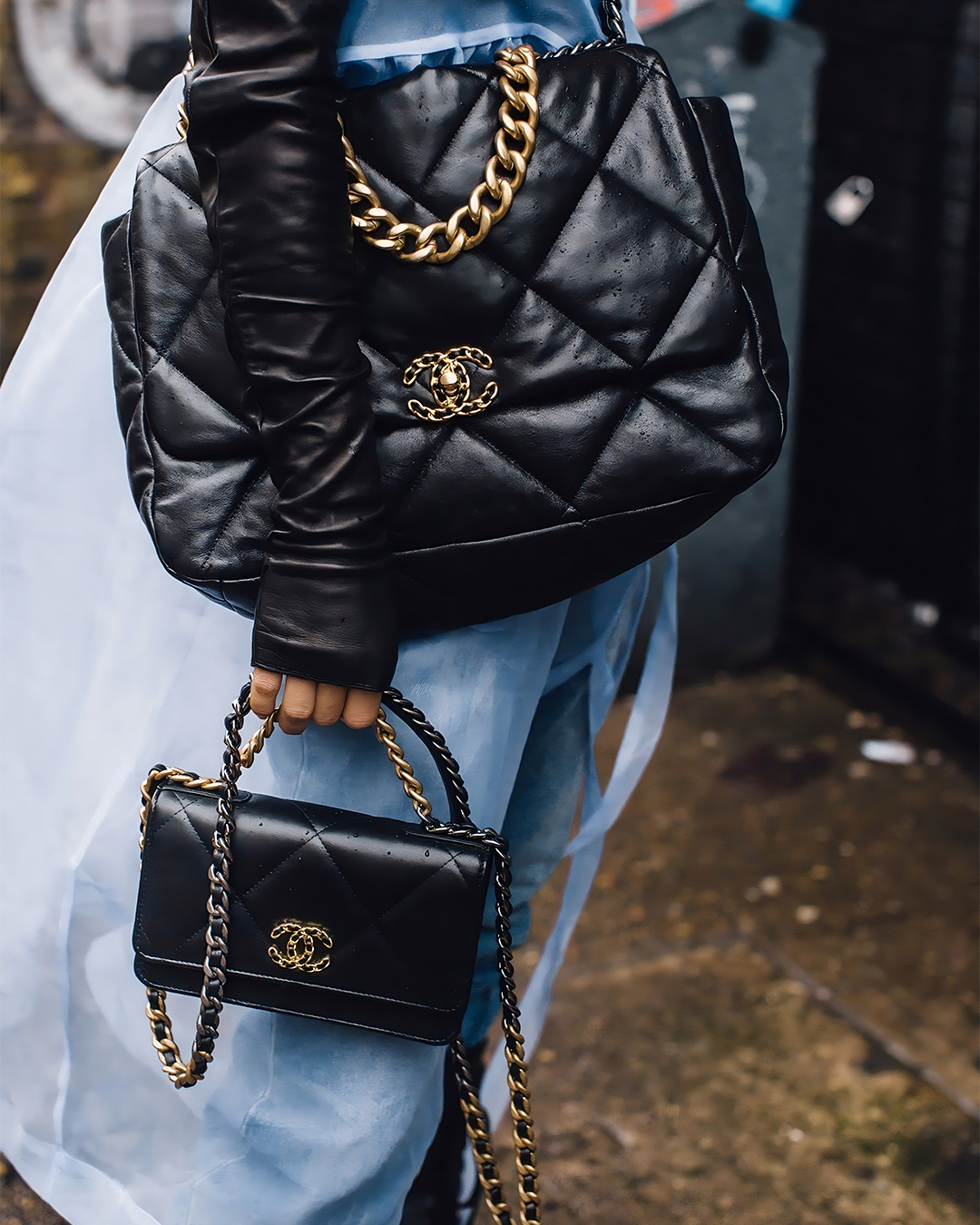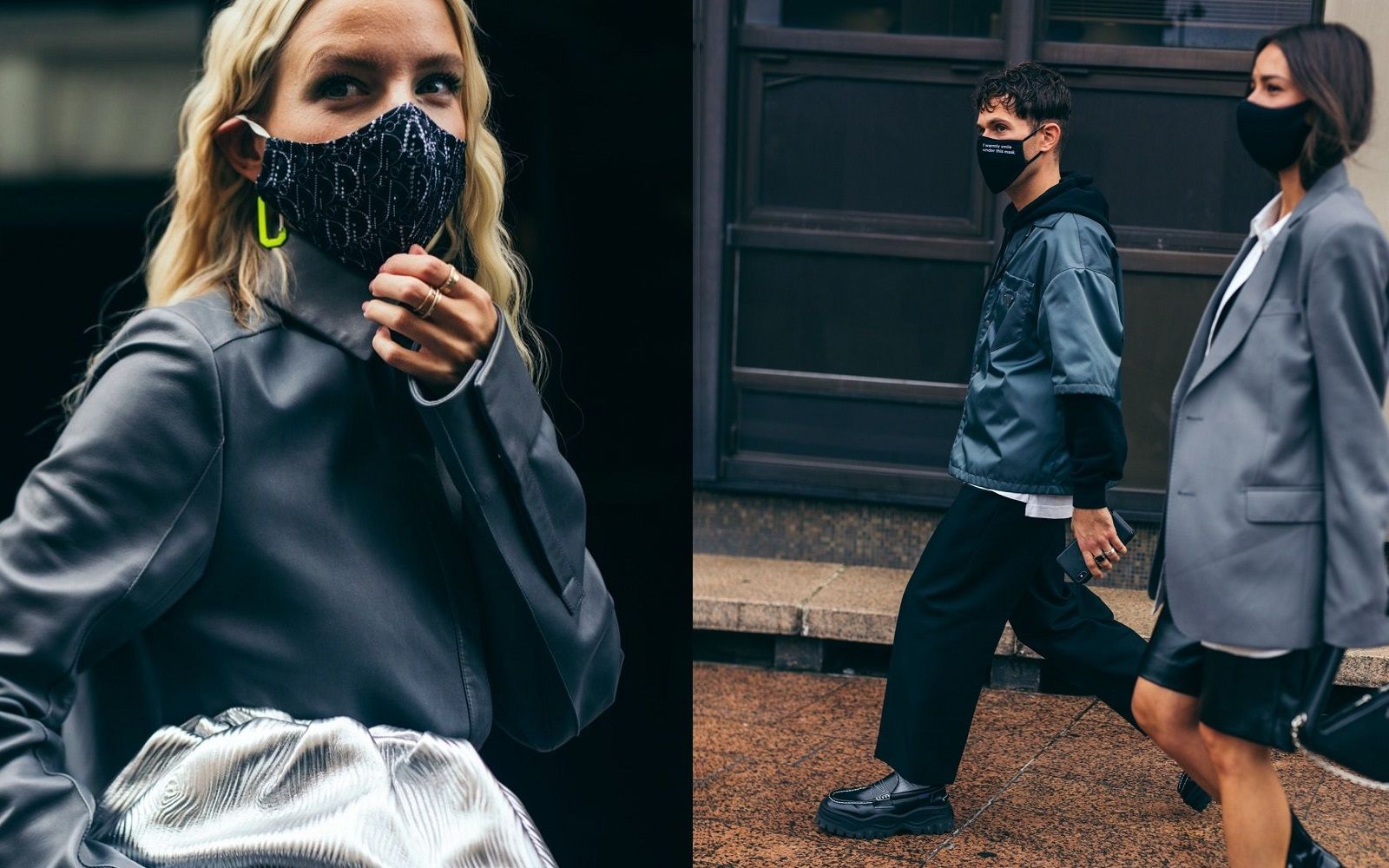
How will the mask market evolve in 2021? Although demand is falling, there are still many possibilities for fashion brands
Masks have become the iconic object of 2020: sold out everywhere in the first weeks of the pandemic; then produced by almost every major brand both in branded version and to make up for the shortages of hospitals scattered around the world; finally, for the most hyped masks such as those of BAPE, Off-White or Travis Scott, the reselling also arrived on StockX while a large number of creatives who produced new mask concepts, using the most varied materials, from Ikea bags to diamonds. All this without even considering the huge amount of more or less well-known and more or less localized brands that have produced masks themselves and that in many cases have survived 2020 thanks to the conversion of their businesses. In short, the market for masks has exploded in recent months – yet it has been soon saturated and demand is starting to fall. How can the market go on?
According to a report by Graphical Research, for example, the drop in demand for masks between 2020 and 2026 is expected to be 11.3%, while another report predicts that by 2027 the American market for medical masks will deflate by 51.09 billion dollars – a much higher turnover of the pre-Covid era but still much lower than that of 2020. Clearly here we are talking about medical masks – there is a whole side market of branded masks that these surveys don't take into account. Nonetheless, if the demand for real medical supplies drops, there is no doubt that the same will happen for all the others – although for lifestyle and luxury brands the mask market may still reserve opportunities. On StockX, for example, merch masks such as those of Travis Scott and Juice Wrld yield 70% or 90% of their original value; on a site like Farfetch you can buy masks by Fendi, Balenciaga, J.W. Anderson and Marine Serre and even an avant-garde fashion designer such as Deepti Barth, who operates within very narrow customer circles, has produced her masks with parachute silk and an oxidized silver coating.
In short, the category of masks is a fairly versatile field of exploration. It will in fact be a dual legacy: on the one hand, in fact, the branded mask opens the brand's offer to new customer bases, presenting a product of relatively low price but which is in all respects an accessory with the logo that could also lend itself to experiments on the success of new patterns or motifs; on the other hand, a saturation of the medical/professional mask market will leave room for more "specialized" options such as the one recently produced by Will.i.am which features hi-tech options such as Bluetooth connectivity, a system to integrate AirPods and which sold out in nine minutes on the day of the drop. Commenting on the sale of branded masks on StockX, for example, which had already reached one million dollars from March to December, Jesse Einhorn, senior economist for StockX, said:
«When the premiums are that strong it’s usually an indication there’s still a lot of demand. That’s a very healthy level of excitement».










































